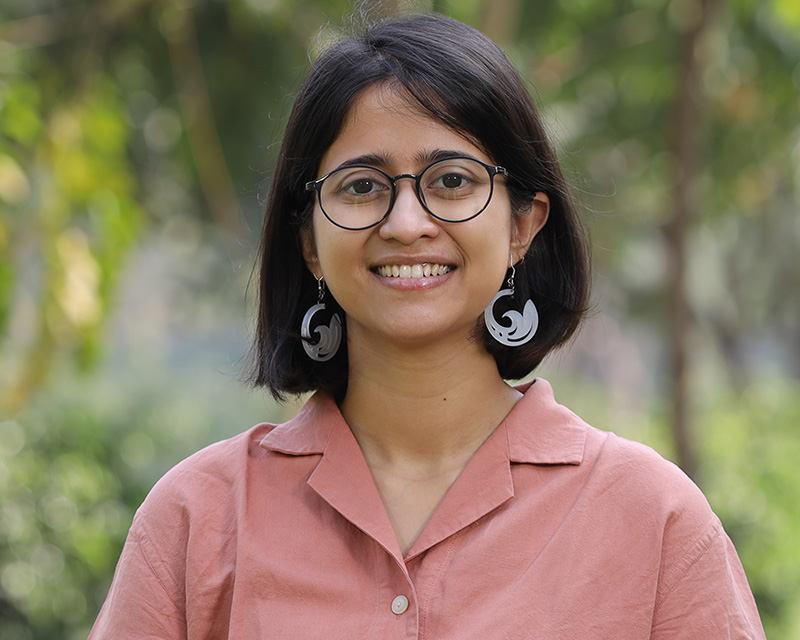Assessing food acquisition, preparation, and consumption practices in South Asia: A systematic review of assessment tools
Assessing behaviors related to food choice at individual- and household-levels is essential for improving household diets, but assessment tools are limited. We conducted a systematic review to identify gaps in existing assessment tools for food acquisition, preparation, and household consumption practices in South Asia, wherein diets are rapidly changing, and triple burden of malnutrition is emerging.
Systematic search of three academic databases (PubMed, Scopus, and Web of Science Core Collection) using pre-defined keywords were undertaken to identify studies assessing food acquisition, food preparation, and household consumption practices in South Asia, published in English between 2000 and December 2023. Following PRISMA guidelines, two reviewers independently screened titles, abstracts, and full texts based on the inclusion criteria, and extracted data on study characteristics and the assessment tools used to examine the food choice behaviors.
Of 11,288 unique articles identified, 46 were included for synthesis. Food acquisition behaviors were assessed by 25 studies, food preparation by eight studies and household consumption practices by 26 studies. Most studies used quantitative methods (n=30), some used qualitative (n=13), and few used mixed methods (n=3), and varied by type of behavior assessed. Likert scales were the most widely used tools of quantitative assessments, while semi-structured interviews were the most common for qualitative assessments. Across the 46 studies, 59 different tools were used to assess food-related behaviors and only 14 studies claimed using validated tools and many studies did not include the full tool in the text or supplement (n=22).
Our review highlights the need for expanding food choice behavior assessments to include the less-studied populations such as exploring young children and adolescents’ food choice behaviors and developing a contextually adaptable repository of validated tools to advance our understanding of food choice behaviors in various settings.
Authors
Patwardhan, Sharvari; Boncyk, Morgan; Avula, Rasmi; Blake, Christine; Akter, Fahmida; Das, Jai K.; Silva, Renuka; Menon, Purnima; Scott, Samuel P.
Citation
Patwardhan, Sharvari; Boncyk, Morgan; Avula, Rasmi; Blake, Christine; Akter, Fahmida; et al. 2025. Assessing food acquisition, preparation, and consumption practices in South Asia: A systematic review of assessment tools. MedRxiv available January 6, 2025. https://doi.org/10.1101/2025.01.06.25320042
Keywords
Southern Asia; Asia; Capacity Building; Food Consumption; Assessment; Feeding Preferences
Project
Transforming Agrifood Systems in South Asia







